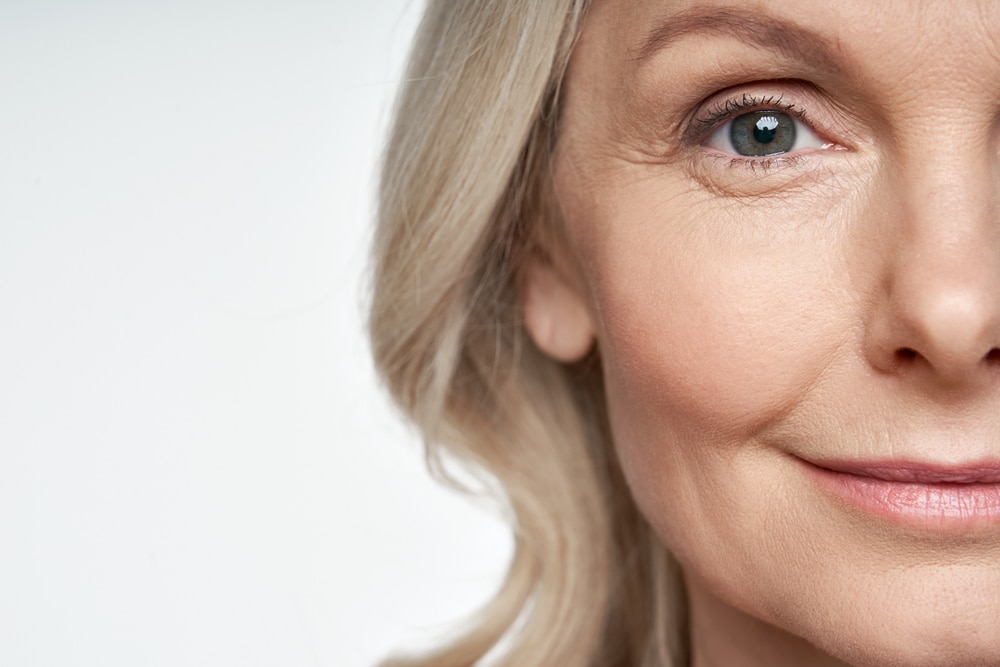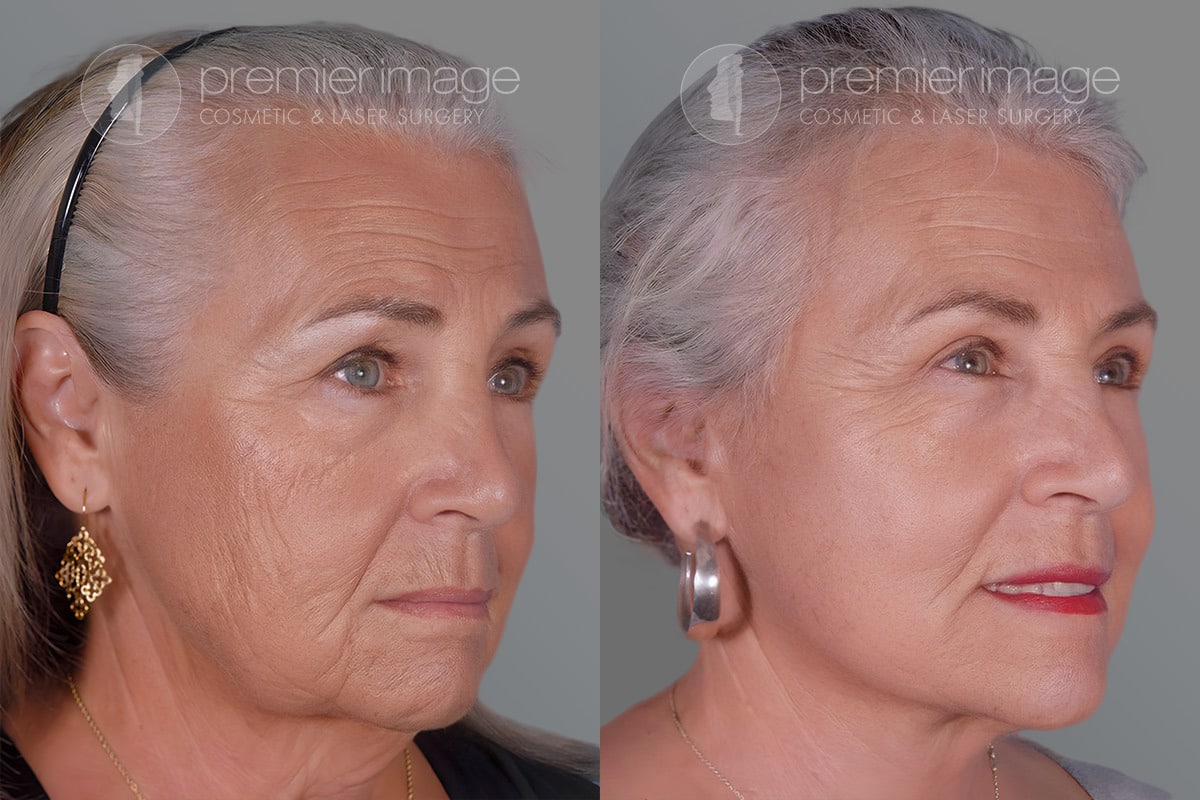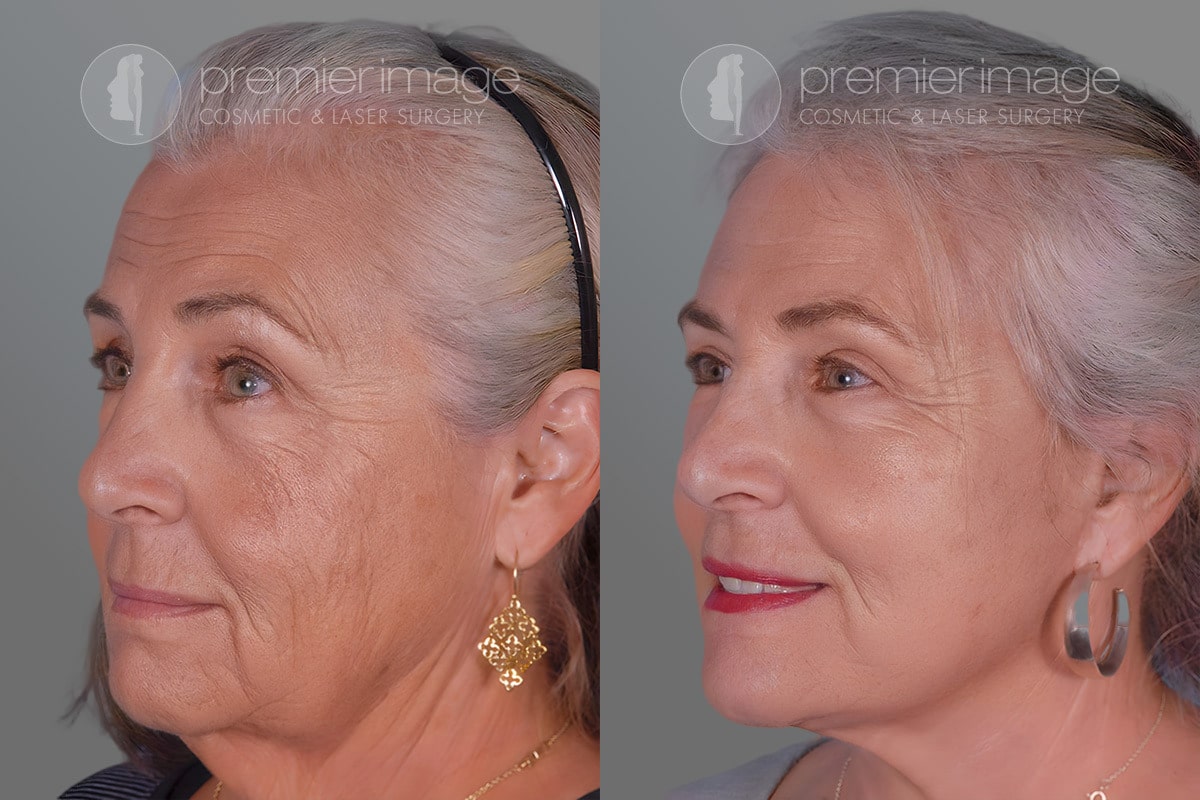Blepharoplasty is an immense plastic surgery treatment as it creates a beautiful upper eyelid look but its successful execution depends on how conscientiously the recovery process occurs and thus attains reliable functional and aesthetic results.
Soon-to-be patients are encouraged to learn about the recovery process and this is stressed by Dr. Louis DeJoseph as it is pivotal for managing expectation levels and a successful transition back into day-to-day living. Pain and blurry vision are confined to the first couple of days in most cases but the recovery timeline for blepharoplasty can vary from patient to patient based on individual factors including respective pain tolerance levels or general physical health.

Essential Insights for a Successful Long-Term Recovery After Blepharoplasty
- Recovery is very important for both functional and cosmetic results to blepharoplasty patients, so following post-op care instructions is essential.
- Long-term healing can hugely impact results by reducing scarring and preventing conditions such as infection or drooping of the eyelids.
- The first phase of recovery consists of symptom control (swelling, pain) and home care to promote proper healing.
- This long recovery process can last for several months with constant changes to the way you look and heal your scars, full results may not be visible until a year later.
- Age, lifestyle, and the surgeon’s experience are factors that can condition how a rhinoplasty will heal but good habits help to major outcomes.
Blepharoplasty Healing Day by Day: Recovery Stages
Immediately After Surgery…
The first two days after the procedure are crucial for setting the stage for healing. Expect noticeable swelling and bruising around the eyes; these are entirely normal. To alleviate discomfort and minimize swelling, use cold compresses for 10–15 minutes at a time and keep your head elevated, even while sleeping. Pain is typically mild and manageable with the prescribed pain relief. Avoid touching or rubbing your eyes to prevent irritation or disruption of the healing process.
Day 1–2: Initial Recovery
The First Days…
During this period, swelling may peak, which can make the area appear worse before it improves—this is a normal part of the recovery process. Continue applying cold compresses as needed and follow your doctor’s instructions for any prescribed eye ointments or drops to keep the area moisturized and protected. If non-dissolvable sutures were used, they are typically removed around Day 7. This is also the time to monitor for any unusual symptoms, such as increased redness or pain, and report them to your doctor.
Day 3–7: Managing Symptoms
The First Week…
By the end of the first week, swelling begins to subside, although some puffiness or discoloration may still be present. Light activities, such as walking or performing household tasks, can be resumed. However, it’s important to avoid anything that might strain your eyes or cause unnecessary exertion, including heavy lifting, prolonged screen time, or reading small text. Protect your healing eyes from environmental irritants such as dust, wind, and bright light to ensure optimal recovery.
Week 1: Resuming Light Activities
Weeks 2 to 4…
As you move into weeks two through four, the bruising and swelling should diminish significantly. Many people feel comfortable returning to most of their normal activities, including work, though high-impact exercises or contact sports should still be avoided. Protect your eyes by wearing sunglasses outdoors, especially in bright sunlight, to prevent irritation and discoloration of the healing skin. Scarring may still be visible but will continue to fade with time, blending naturally into the contours of your eyelid.
Week 2–4: Gradual Improvement
The First Month…
By the end of the first month, most swelling and bruising will have subsided. You may feel more confident resuming most daily activities, but avoid high-intensity workouts and underwire bras until cleared by your surgeon. Scars will still be visible but should begin to fade. Continue wearing supportive garments to maintain results and minimize swelling. Follow up with your surgeon to track progress and address any concerns.
Month 1: Adjusting to Normalcy
The Second Month…
At two months, your breasts will feel more natural, and the final shape will start to become evident. Most restrictions on physical activity are lifted, but it’s still important to listen to your body and ease back into strenuous exercises. Scars will continue to fade and flatten with proper care. You’ll likely no longer need to wear a surgical bra but should opt for supportive bras for comfort and maintenance.
Month 2: Near Full Recovery
Month 3 to 6 and Beyond…
By six months and beyond, you should be enjoying the full results of your breast lift. Scars will have significantly faded, and the breasts should feel completely healed and settled into their new shape. You can resume all activities without restrictions and wear any type of bra. Maintain healthy lifestyle habits to preserve the longevity of your results, and continue attending annual check-ups to ensure long-term success.
Month 6 and Beyond: Long-Term Results
The Significance of Effective Long-Term Healing in Blepharoplasty
The long-term healing process is important in blepharoplasty, as it influences both the aesthetic and functional results of this delicate plastic surgery. The results of this phase determine how the eyelids will look and whether there will be any patient satisfaction.
Why Good Healing Matters
- Aesthetic Results: Proper healing of the incisions will translate to more youthful and refreshed-looking eyelids that are in line with a patient’s goals for surgery.
- Functional Improvement: Providing adequate healing in order to preserve or improve eyelid function with comfortable blinking and minimal eye disruption.
Impact on Final Results and Eye Health
- Minimizing Scarring: Proper techniques for healing will also help to minimize noticeable scarring in the eyelid, as incisions should become virtually invisible and fit within your lids’ natural creases.
- Preventing Complications: When your eyes heal properly, you lessen the chances of complications like infection or asymmetry eyelid malposition which is good for maintaining safe and healthy eyes.
In summary, the early recovery phase is all about symptom control and protecting your eyes whilst supporting an optimal environment for healing. Although the healing tends to be uneventful, patients must adhere to all post-op instructions diligently for speedy recuperation.

Secure Your Safe Procedure Experience with Dr. Louis DeJoseph
Join our satisfied clients who’ve experienced safe, effective treatments.
Factors Influencing Long-Term Healing Post-Blepharoplasty
The long-term healing process after blepharoplasty is influenced by a number of factors, including the patient’s age, skin type, genetics, and lifestyle choices. In addition to these factors, the surgeon’s skill and expertise play an important role in determining the success of the procedure and its long-term outcome.
- Age: Generally speaking, younger patients tend to heal more quickly than older patients due to having healthier skin that is more elastic and able to stretch without tearing or scarring easily. Older patients may take longer to heal because their skin has weakened with age and lost some of its elasticity.
- Skin Type: The thickness of a patient’s skin is also a factor in the healing process. Those with thicker skin tend to have less visible scarring than those with thinner skin. Thin skin is particularly prone to developing keloids or hypertrophic scars that are raised and bumpy.
- Genetics: Genetic factors such as one’s overall health can influence the speed at which one heals from blepharoplasty surgery. Those with a strong genetic predisposition towards fast healing may find that their recovery time is shorter than usual, while those who have difficulty healing may find their recovery takes longer.
- Lifestyle Choices: Smoking and drinking alcohol can impair wound healing by reducing oxygen levels in the bloodstream, which can lead to slower tissue repair and increased risk for infection or scarring weeks after surgery. Additionally, avoiding certain activities, such as intensive exercise or strenuous activity, can help reduce bruising or swelling during recovery periods. A diet rich in healthy food can aid in a quicker recovery.
- Surgeon’s Skill: Lastly, it is essential for patients undergoing blepharoplasty surgery to choose an experienced surgeon who specializes in this particular type of cosmetic surgery procedure, as experience makes all the difference when it comes to achieving successful outcomes with minimal complications or risks. Upper lid blepharoplasty and any additional procedures should be performed by a skilled surgeon, as they involve working with delicate tissues.
Tips for Supporting Optimal Healing After Blepharoplasty
After undergoing blepharoplasty, a patient’s actions during the recovery phase can significantly influence the healing process and the overall success of the procedure. Here are some key tips for supporting optimal healing:
- Follow Postoperative Instructions: Adhering to the care guidelines provided by your surgeon, such as Dr. Louis DeJoseph, is paramount. This includes instructions on cleaning the incision sites, applying any prescribed ointments, and when to return for follow-up visits.
- Rest and Protect Your Eyes: In the initial days after eyelid surgery, ensure plenty of rest and avoid activities that strain the eyes, such as reading, watching TV, or using digital screens excessively.
- Manage Swelling and Bruising: Utilize cold compresses to help reduce swelling and bruising. However, be gentle and avoid direct pressure on the eyelids.
- Avoid Strenuous Activities: Refrain from heavy lifting, vigorous exercise, and other strenuous activities for the recommended period, usually 7-10 days, to prevent increased blood flow to the eyes, which can exacerbate swelling.
- Elevate Your Head: When sleeping or resting, keep your head elevated above your heart level to help reduce swelling.
- Protect from Sun Exposure: Wear dark sunglasses to protect the eyes from sunlight and wind, which can cause irritation and delay healing.
- Maintain Good Hygiene: Keep the eye area clean and dry. Follow specific instructions about showering and washing your face.
- Healthy Diet and Hydration: Eat a balanced diet rich in vitamins and minerals to support healing. Staying hydrated is also crucial for recovery.
- Avoid Smoking: Smoking can impede healing and increase the risk of complications. It’s advisable to avoid smoking both before and after the cosmetic surgery.
- Be Patient with Eye Makeup: Wait until your surgeon gives you the all-clear before using light makeup again to avoid irritation and infection.
- Attend All Follow-Up Appointments: Regular check-ups allow your surgeon to monitor your healing progress and address any concerns promptly.
By following these tips, patients can significantly enhance their healing process after a blepharoplasty procedure. It’s important to remember that each individual’s recovery may vary, and personalized advice from your surgeon should always take precedence.
Before and After Photos


* Each patient is unique and individual results may vary.
Recognizing and Addressing Complications
Understanding and promptly addressing potential complications is key to a successful recovery.
- Common Long-Term Complications and Their Management: Complications like droopy eyelids or double vision should be reported to Dr. DeJoseph immediately for appropriate management.
- When to Seek Medical Advice: Persistent discomfort or abnormal changes in vision are indicators to seek medical attention.
- Schedule a Consultation: Regular consultations with Dr. DeJoseph ensure timely identification and management of any issues.
How to Enhance Your Blepharoplasty Results
Non-surgical procedures and practices that can enhance and complement the results of blepharoplasty include:
- Laser Skin Resurfacing: This procedure can improve eyelid skin texture and tone around the eyes, complementing the rejuvenation effects of blepharoplasty.
- Chemical Peels: Light chemical peels can help refine the skin’s surface, reducing fine lines and improving skin clarity around the treated area.
- Injectable Fillers: Fillers can be used to address any residual volume loss or asymmetry around the eyes, providing a more balanced and youthful appearance.
- Botox or Dysport Injections: These injections can smooth out crow’s feet and other dynamic wrinkles around the eyes, enhancing the overall rejuvenation effect.
- BBL Laser Therapy: IPL can help in reducing pigmentation and redness around the eyes, improving skin quality.
- Microneedling: This procedure stimulates collagen production, improving skin texture and firmness around the eyes.
- Gentle Massage: In some cases, gentle lymphatic massage around the eyes can aid in reducing swelling and promoting smoother skin.
- Lymphatic Drainage Treatments: Professional treatments can help reduce puffiness and fluid accumulation around the eyes.
- LED Light Therapy: This therapy can promote healing, reduce inflammation, and enhance skin rejuvenation post-surgery.
Each of these non-surgical procedures and practices can play a significant role in maintaining and enhancing the results of blepharoplasty, contributing to a more comprehensive rejuvenation of the eye area. However, it’s essential to consult with Dr. DeJoseph Louis, to determine the most appropriate and beneficial treatments for your specific needs and recovery stage.
Embracing the Journey of Healing After Blepharoplasty
The journey of healing after blepharoplasty is a time of transformation and anticipation. As patients navigate through the various stages of recovery, it’s essential to remain patient and adhere to the postoperative guidelines provided by experts like Dr. Louis DeJoseph.
The gradual unveiling of the results – a more youthful and revitalized appearance – makes this period worthwhile. Embracing this journey with positivity and care ensures not just a swift recovery but also the fulfillment of the aesthetic goals envisioned from the blepharoplasty procedure.